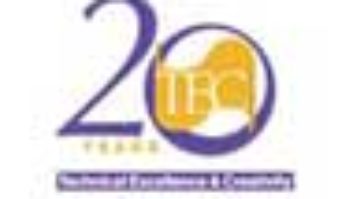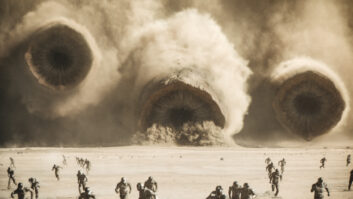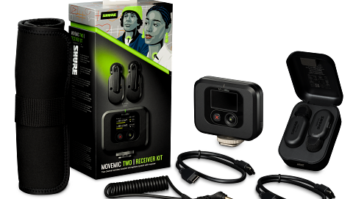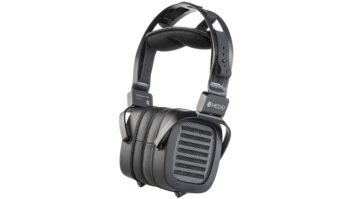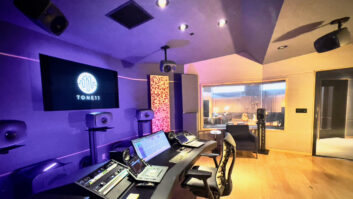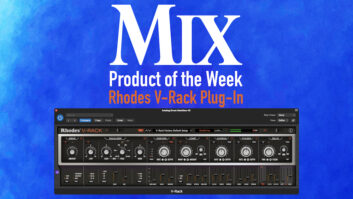Grammy® Award-winning music engineer David Gleeson, scoring engineer John Kurlander and systems expert Mark Wilsher put the finishing touches on Howard Shore’s score for The Lord of the Rings: The Two Towers at Abbey Road Studios. Gleeson, associate producer on the project, used an eight-seat Studio Network Solutions A/V SAN PRO at Abbey Road, plus several smaller A/V SANs for remote location recording.
The Two Towers used multiple recording locations around London, including CTS Watford, Sir George Martin’s AIR Lyndhurst Studio and Henry Wood Hall, in addition to Abbey Road. An A/V SAN PRO with three tera-bytes of storage was installed at Abbey Road, which served as the main base of operations for mixer Peter Cobbin and main editor Michael Price. Smaller-recording SNS A/V SANs were used at the remote locations, in tandem with Digidesign Pro Tools and Prism converters. An A/V SAN was also installed at The Film Unit in New Zealand for the film’s dub.
“The amount of data and drive space that you use quickly notches up,” Gleeson said. “The only way to have any given piece of music available to do an overdub at pretty much any time was to go to a smaller SAN. You’ve got 100 musicians and a huge crew, the clock’s ticking and something’s down — it’s very, very unpleasant to be in that predicament with any piece of gear. You have to know it’s 100-percent reliable. The editors simply work instead of dealing with drive issues. I’m definitely very happy with the way this system performs.”
For more on The Two Towers, turn to page 78. For more on Studio Network Solutions, visit www.studionetworksolutions.com.
Send your “Current” news to Sarah Benzuly at [email protected].

